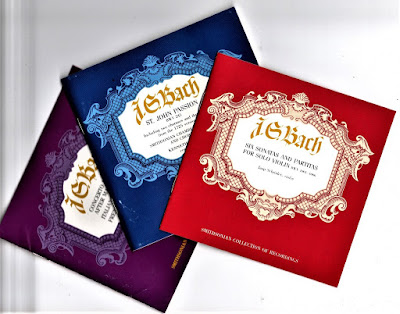Aik Yew Goh, who hails from Singapore but moved to Hiong Kong, launched the HUGO label (the word is a play on his name) to record and release a wide range of incredibly broad spectrum and history of Chinese music, classical and contemporary. Eckhart Rahn, a native of Germany who started the Celestial Harmonies label based in Tucson, Arizona, approached Yew Goh about a "Hugo masters" concept, in which the latter would select tracks from his voluminous HUGO library for a four-disc series. Each disc focuses on instrument types, so the first, highlighted here previously, concerned bowed strings. The second, featured in this post, takes in plucked strings, while the others are for wind instruments and percussion.
These amazing recordings were not released outside of Hong Kong and the representative material and excellent performances are complemented by the latest recording technology available in the early 1990s. The instruments here are from the lute, zither and dulcimer families, with the former including the main example of the p'i-p'a, as well as the luiqin (a smaller version of the p'i-pa), the zhongruan (a medium size lute), and the san-hsien (which has a longer neck and three, instead of four, strings. The ch'in, another popular mainstay of Chinese music, is a zither with seven strings and thirteen studs, while the cheng is smaller with higher pitches and has generally sixteen strings. The dulcimer is the yanh ch'in and there are two bamboo sticks used to strike the strings along five sound bridges. There are fast and dramatic pieces representing battles and war, gorgeous melodic excursions evocative of nature like "Petrel," suites with ranges of emotion and elegant courtly works. Virtuosos performing on ths remarkable album were mainly from Shanghai, with others from Nanjing, Guangzhou, Suzhou and Beijing and the entire series is phenomenal, with the third and fourh volumes to be highlighted here in the future.


















